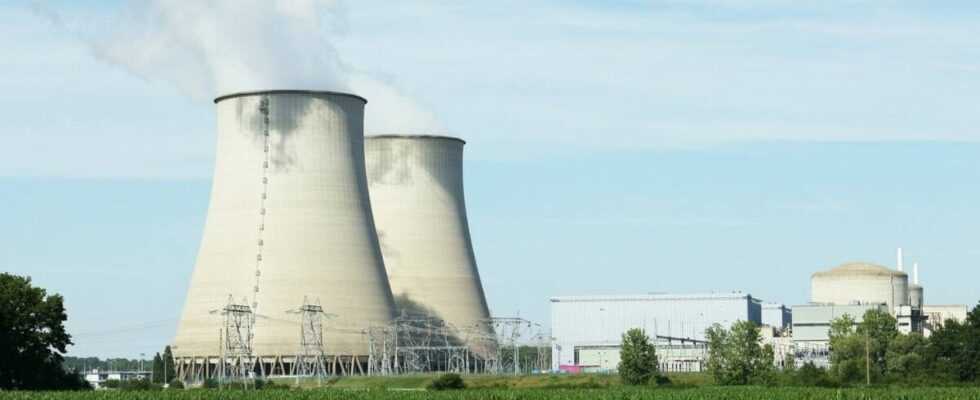A new element to fight against climate change. On the night of Friday to Saturday January 1, the European Commission unveiled a green labeling project for nuclear and gas power plants. It will aim to facilitate the financing of new installations. The proposed text, debated for months and still provisional, was sent to member states on December 31, shortly before midnight, according to several sources contacted by AFP. It sets the criteria for classifying as “sustainable” investments in nuclear or gas power plants for the production of electricity, with the aim of orienting “green finance” towards activities contributing to the reduction of greenhouse gases. tight.
France, which wants to relaunch its nuclear industry, a stable and carbon-free source of electricity, and countries of Central Europe, such as Poland or the Czech Republic, which must replace their highly polluting coal-fired power stations, demanded such a text. Such a classification allows a reduction in financing costs, which is crucial for the projects concerned and the States wishing to support them. Environmentalists oppose the recognition of gas power stations (which emit CO2) and nuclear power, due to the production of radioactive waste. And a small group of countries, led by Germany, fought to exclude the atom.
>> To read also – France must increase nuclear power plants, according to Bruno Le Maire
Guarantees required
But both pro-gas and pro-nuclear agree in arguing that renewable energies (wind, solar, etc.), already labeled by the Commission, suffer from intermittent production and will not make it possible in the coming years to supply low-cost electricity whose production can be controlled. The Brussels proposal, consulted by AFP, sets conditions for the inclusion of nuclear and gas, in particular a time limit. For the construction of new atomic power stations, the projects must have obtained a building permit before 2045. Concerning the works allowing to extend the life of the existing power stations, they must have been authorized before 2040.
Guarantees in terms of waste treatment and dismantling of nuclear installations at the end of their life are also required. Regarding gas, qualified as a “transitional energy source”, the investments will be recognized as “sustainable” for power stations emitting little CO2. The Commission has set drastic thresholds: less than 100 g of CO2 per kWh, a threshold unattainable with current technologies according to experts.
>> Read also – Global warming: the switch to renewable energies too slow, the IEA is sounding the alarm
However, a transition period is planned: the power stations obtaining their building permit before December 31, 2030, will see this threshold raised to 270 g of CO2 per kWh on the condition of replacing existing infrastructures that are much more polluting and meet a series of criteria.
Receive our latest news
Every day, the selection of main info of the day.
